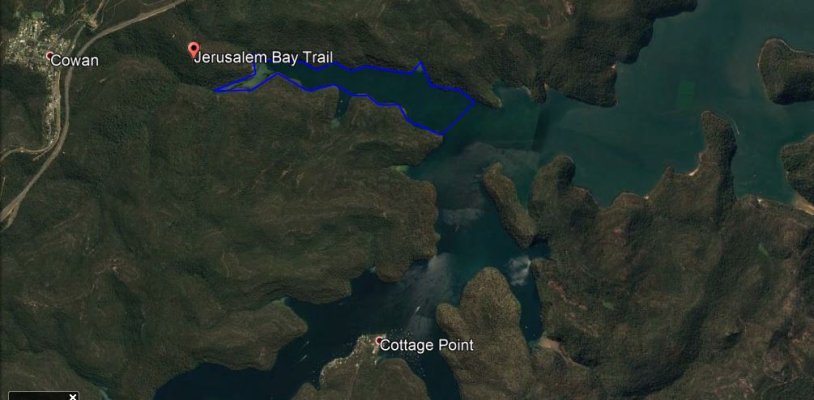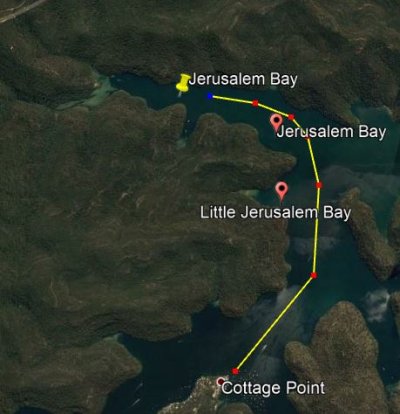BruceK
Moderator Emeritus
- Joined
- Oct 31, 2011
- Messages
- 13,347
- Vessel Name
- Sojourn
- Vessel Make
- Integrity 386
Float Plane Crash Sydney
https://www.dailytelegraph.com.au/news/nsw/light-plane-crashes-on-hawkesbury-river-with-up-to-six-people-on-board/news-story/76ca6845b9b206cff8ed3712ccadfe22?utm_source=Daily%20Telegraph&utm_medium=email&utm_campaign=editorial&net_sub_uid=152916301
This looks bad. Float planes frequently service Cottage Point on the Hawkesbury river system,especially an upmarket restaurant, from Sydney. Reports are of 6 on board (?pilot + 5 pax),an oil slick, some debris, but no persons seen. Police and Marine Rescue boats attending. This is a popular waterway, many landings and takeoffs. Does not look good.
Another Report:http://www.abc.net.au/news/2017-12-31/sea-plane-has-crashed-into-the-hawkesbury-river-nsw/9295610
Water depth is around 16-18M. It is an area we frequently pass through, as recently as last weekend.
https://www.dailytelegraph.com.au/news/nsw/light-plane-crashes-on-hawkesbury-river-with-up-to-six-people-on-board/news-story/76ca6845b9b206cff8ed3712ccadfe22?utm_source=Daily%20Telegraph&utm_medium=email&utm_campaign=editorial&net_sub_uid=152916301
This looks bad. Float planes frequently service Cottage Point on the Hawkesbury river system,especially an upmarket restaurant, from Sydney. Reports are of 6 on board (?pilot + 5 pax),an oil slick, some debris, but no persons seen. Police and Marine Rescue boats attending. This is a popular waterway, many landings and takeoffs. Does not look good.
Another Report:http://www.abc.net.au/news/2017-12-31/sea-plane-has-crashed-into-the-hawkesbury-river-nsw/9295610
Water depth is around 16-18M. It is an area we frequently pass through, as recently as last weekend.
Last edited:



